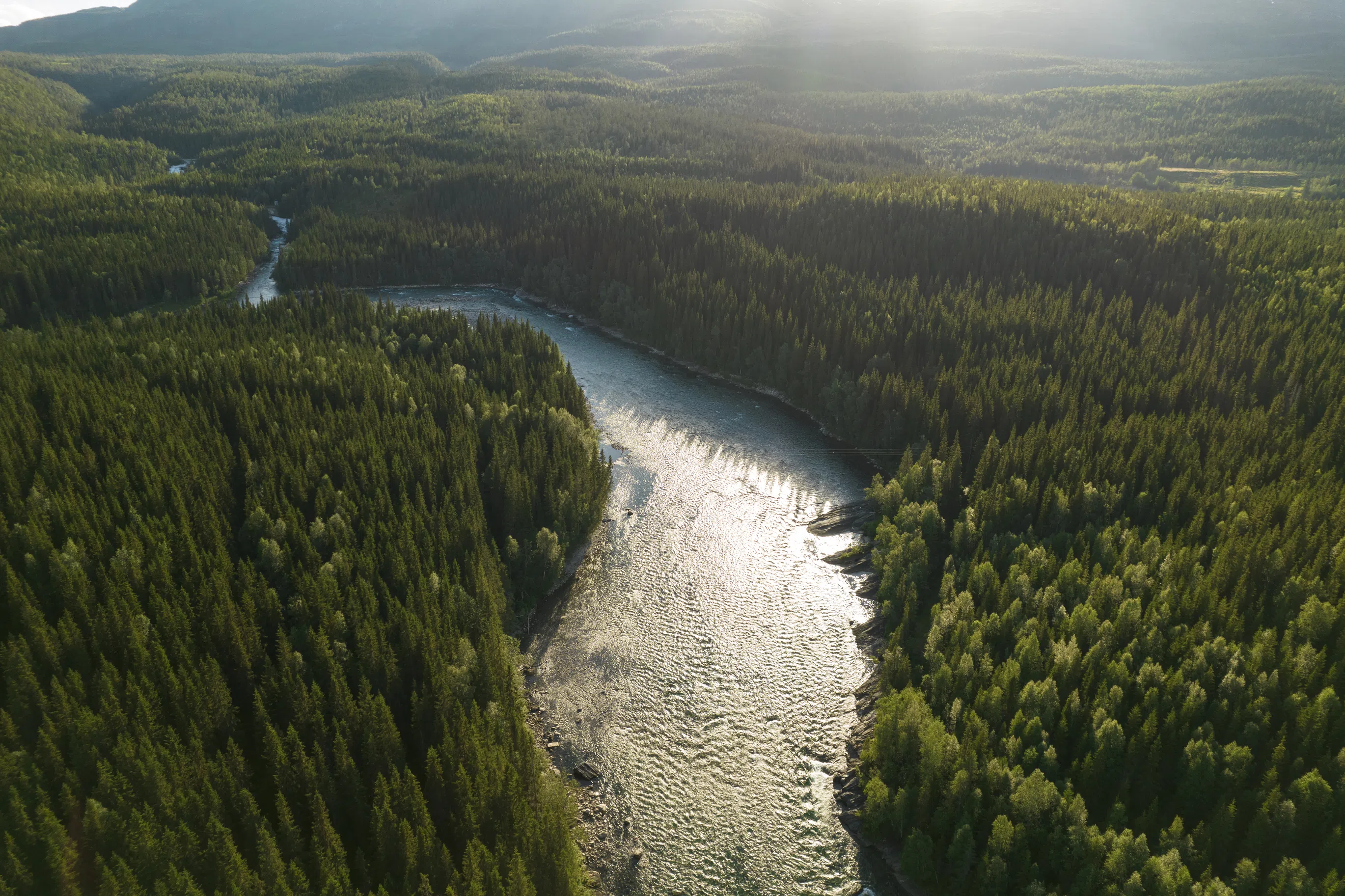Alberta’s government says its new Drought and Flood Protection Program will fund a new wave of projects to help protect homes, businesses and lives.
Alberta is no stranger to emergencies. According to experts, in recent years, many parts of the province have experienced flooding while many others have seen water shortages and are at risk of severe drought this year. Officials say developing the local infrastructure needed to protect residents from these extreme weather events is expensive for communities.
If Budget 2024 passes, officials say $125 million would be invested over the next five years for Alberta’s new Drought and Flood Protection Program, noting that this program is designed to help vulnerable municipalities and Indigenous communities across the province develop the long-term infrastructure needed to improve their drought and flood resilience and adapt to severe weather.
Rebecca Schulz, Minister of Environment and Protected Areas says, “Droughts and floods can devastate public infrastructure and private property, disrupt our economy, damage the environment and put lives at risk. The new Drought and Flood Protection Program would help communities across the province build the practical infrastructure they need to help protect people’s homes and keep businesses going, regardless of the weather.”
“Budget 2024 makes strategic investments to promote the sustainable growth of our province. Investments in wildfire preparedness, as well as water management and infrastructure, will help enhance our readiness for natural disasters to protect Albertans’ lives and livelihoods,” says Nate Horner, Minister of Finance and President of Treasury Board.
According to officials, The Drought and Flood Protection Program would help fund the design and construction of projects that protect critical infrastructure from flooding and drought and help to protect public safety. The say this could include projects to relocate or drought-proof critical infrastructure, improve drainage or water retention ponds, and stabilize riverbanks or construct flood barriers. Officials say the program would be application-based and municipalities, improvement districts, special areas, Metis Settlements and First Nations would all be eligible to apply.
“As rural municipalities manage over 85 per cent of Alberta’s land mass, including many areas that historically face drought and flood risks, many have prioritized increased flood and drought monitoring, resilience and mitigation projects,” says Paul McLauchlin, president of Rural Municipalities of Alberta. “Because Alberta faces a hotter and drier future with increased occurrences of major storms, provincial support for local rural resiliency projects will become a more and more important investment in protecting rural communities, residents and industries. RMA is pleased with the introduction of the Drought and Flood Protection Program, and we look forward to seeing the innovative ways that the funding would be put to use by rural municipalities to lessen impacts of drought and flood events.”
“Alberta Municipalities appreciates the provincial government’s leadership in preparing Albertans for the likelihood of severe drought this year. This program gives municipalities the support they need to strengthen their local and regional drought responses,” says Tyler Gandam, president of Alberta Municipalities.
The Drought and Flood Protection Program is said to build on the work of the Alberta Community Resilience Program, which ended in 2020. Additional program details, including eligibility requirements, application deadlines and cost-sharing components, should be released when the program opens later this year.
The Alberta government says this is part of the work being done to prepare for the risk of a severe drought this year and develop the long-term strategies and infrastructure needed to help maximize Alberta’s long-term water supply. Officials say recent actions include standing up the Drought Command Team, creating the new Water Advisory Committee, conducting advanced modelling and launching the largest voluntary water-sharing discussions in provincial history.









Comments